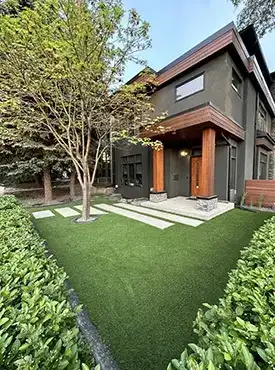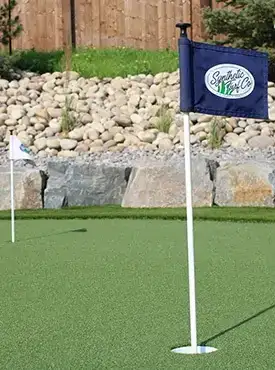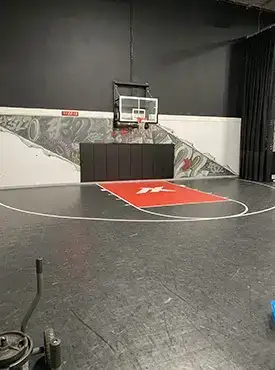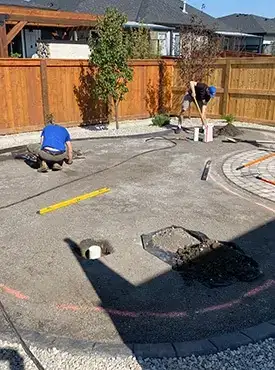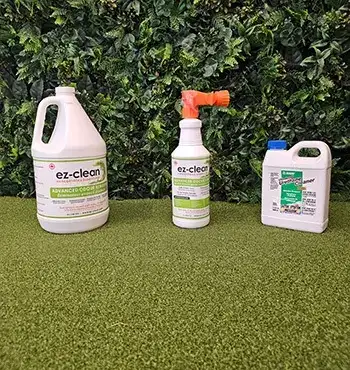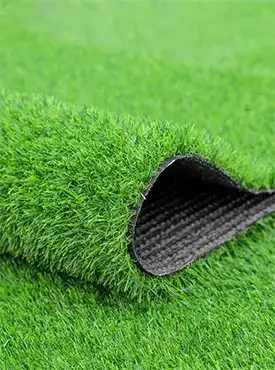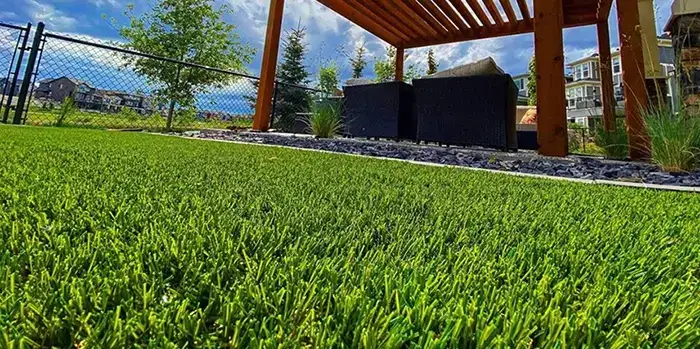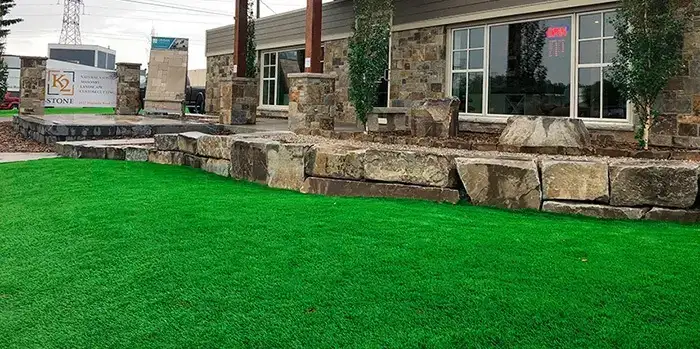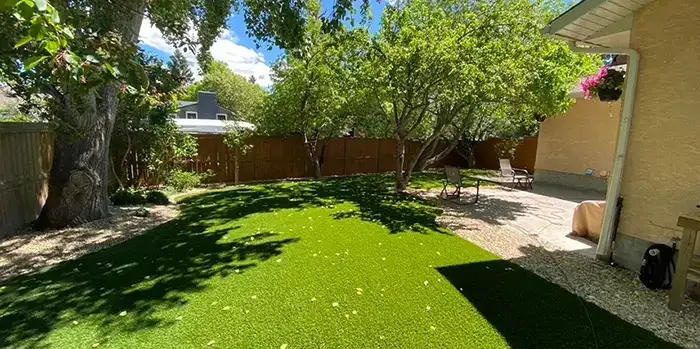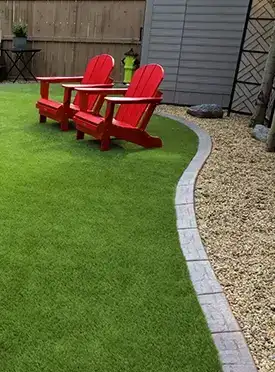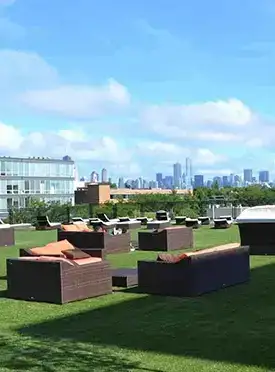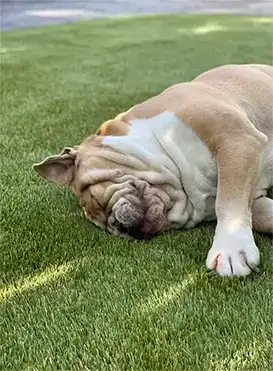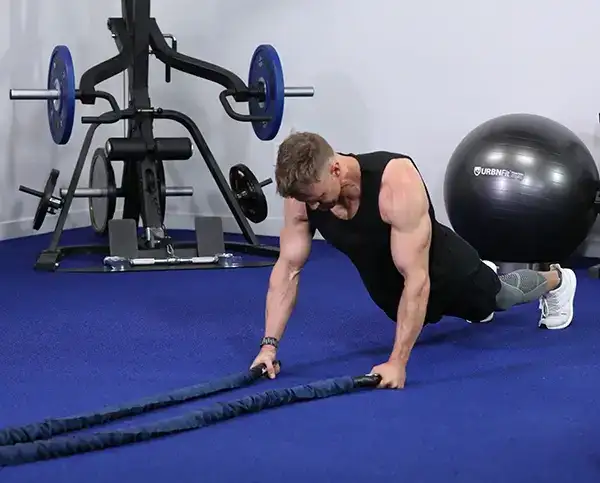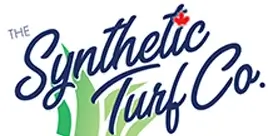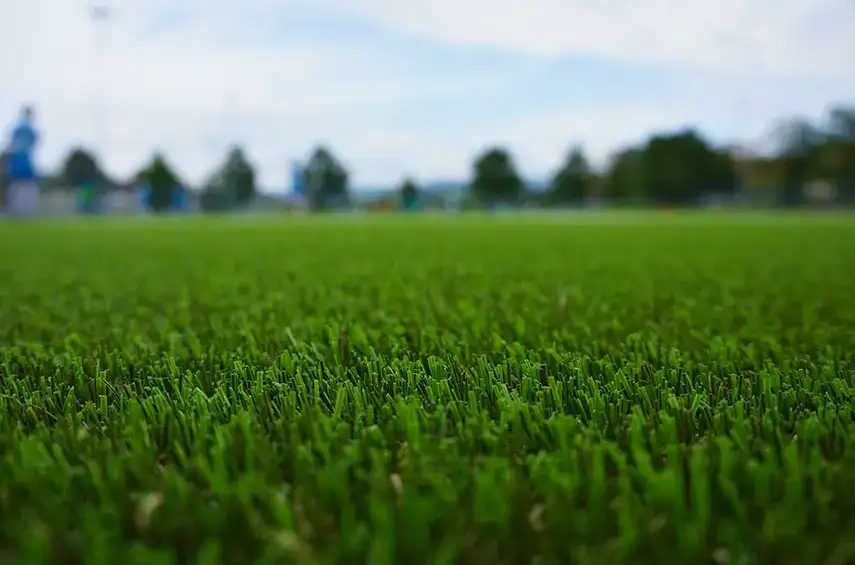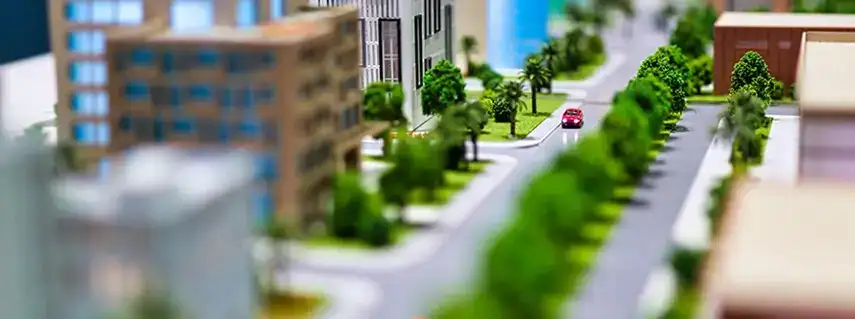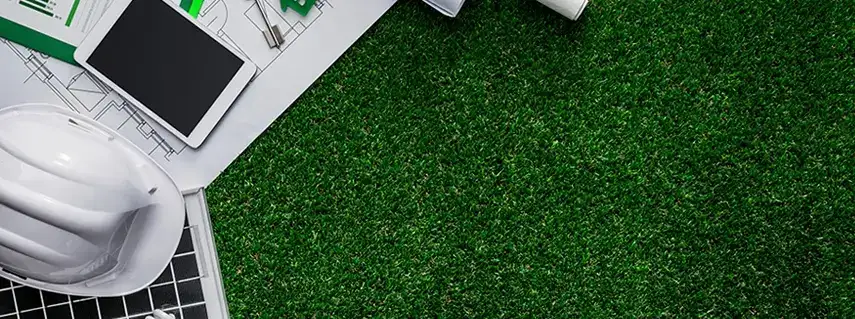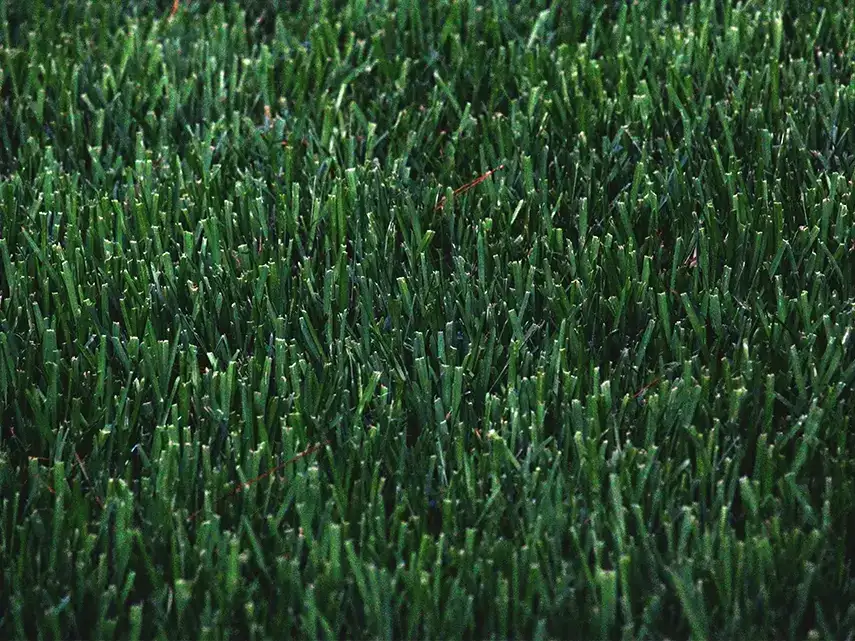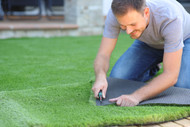The Role of Proper Infill in Long Lasting Artificial Turf Installations
Posted by The Synthetic Turf Co. on 1st May 2025
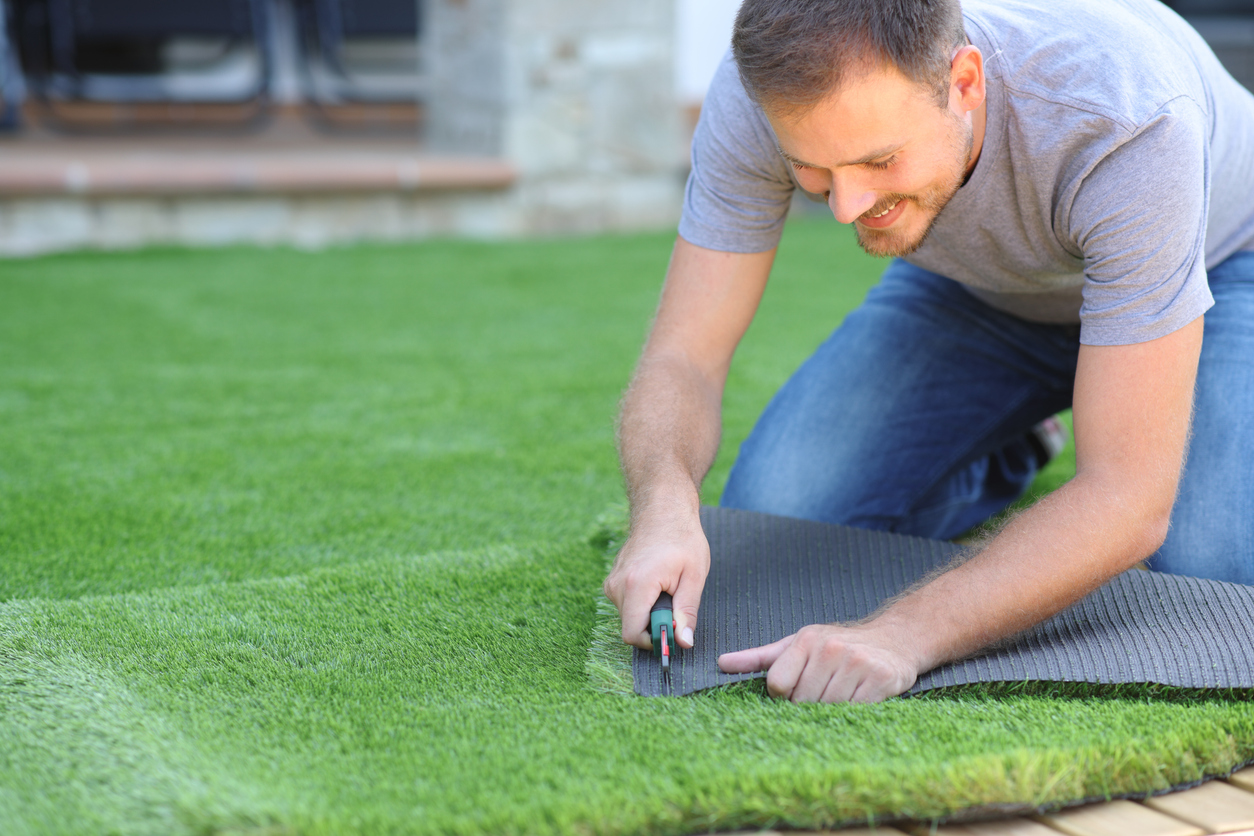
Artificial turf installation is a significant investment that brings the benefits of a lush, low-maintenance lawn or sports surface. However, the key to ensuring your artificial turf remains functional, durable, and visually appealing for years lies in an often-overlooked component: the infill. This critical material, which sits between the blades of synthetic grass, does more than just add weight to keep the turf in place. Keep reading to learn why choosing the right infill is crucial to the long-term success of your artificial turf installation. Visit The Synthetic Turf Co. today to learn more about our infill options.
What is Infill and Why It Matters
Infill is a granular material spread across the base of artificial turf, filling the space between the synthetic grass blades. It provides essential support to maintain the turf’s structure, ensuring the blades stay upright and look as realistic as possible. Without the proper infill, artificial grass can become flat and uneven, compromising both its aesthetics and functionality.
But infill does more than just keep your turf looking great. It adds weight, which helps anchor the turf securely to the ground, preventing shifting and wrinkling. Infill also plays a significant role in impact absorption, making the surface safer and more comfortable for walking, running, or playing sports. For artificial turf installations exposed to heavy foot traffic, such as playgrounds or sports fields, the cushioning provided by infill is essential in minimizing the risk of injuries.
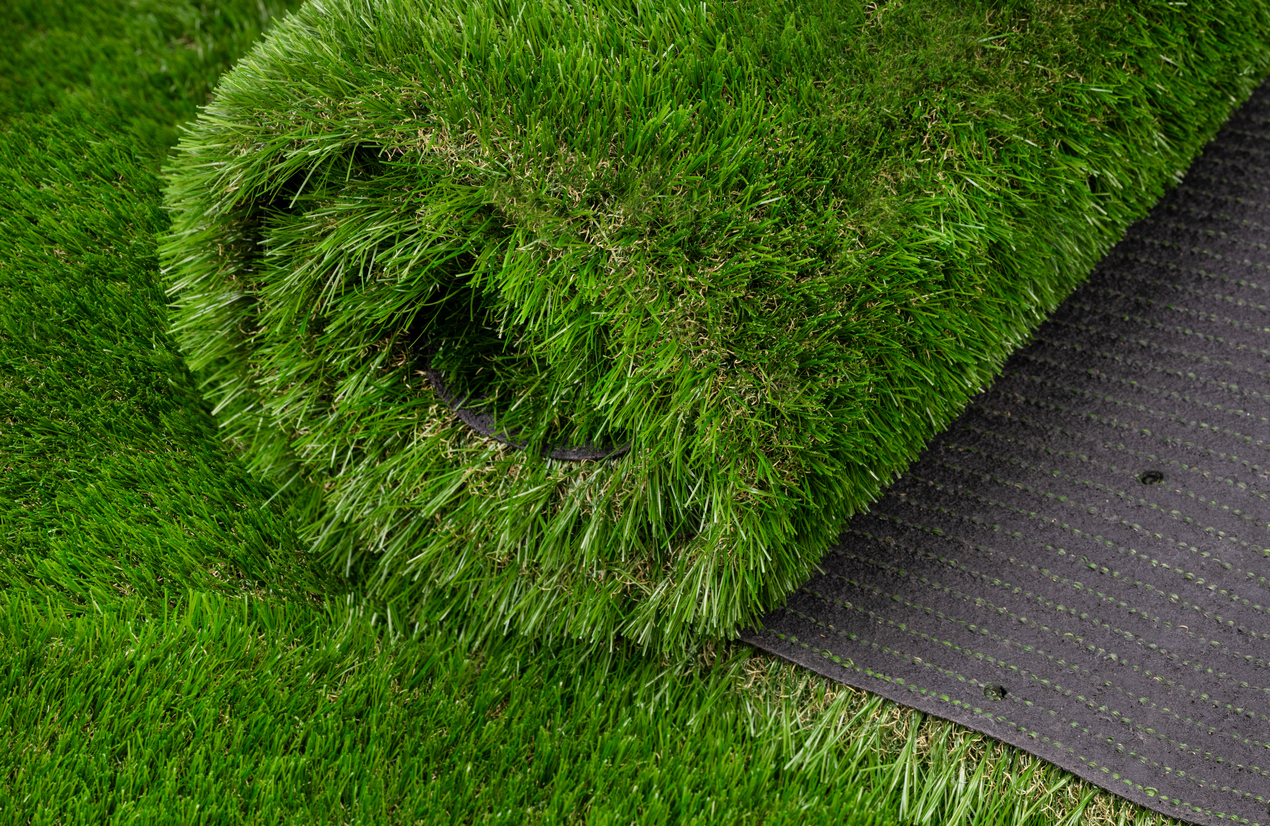
Types of Infill and Their Benefits
Selecting the right infill material depends on the specific needs for your artificial turf installation, whether it's a backyard lawn, a pet area, or a high-performance sports field. Here are some common types of infill and the benefits each offers:
- Crumb Rubber: Made from recycled tires, crumb rubber is one of the most popular infill materials for sports fields. It offers excellent shock absorption, reducing the risk of injuries from falls. The elasticity of crumb rubber also makes it ideal for high-impact sports, ensuring the playing surface remains safe and comfortable. However, it can retain heat, so it may not be the best option for all artificial turf installation.
- Silica Sand: This infill is known for its stability and UV resistance. Silica sand provides weight and keeps the turf blades standing upright, making it a popular choice for residential lawns and less-demanding applications. It’s also effective for UV protection, helping to prevent fading and degradation from prolonged sun exposure. For a cleaner, more polished look, silica sand can be combined with other infills to balance performance and aesthetics.
- Organic Infills: As sustainability becomes a priority for many homeowners and facility operators, eco-friendly infill options have emerged. Organic infills, made from natural materials like cork or coconut husks, are biodegradable and safe for pets and children. They offer decent cushioning and can help keep the turf cooler in hot weather. While organic infills are a green choice, they may require more frequent maintenance compared to synthetic options.
Each type of infill has its pros and cons, so consider the primary use of your artificial turf installation when making a decision. A sports field may prioritize impact absorption and durability, while a residential lawn might benefit from a combination of stability and aesthetic appeal.
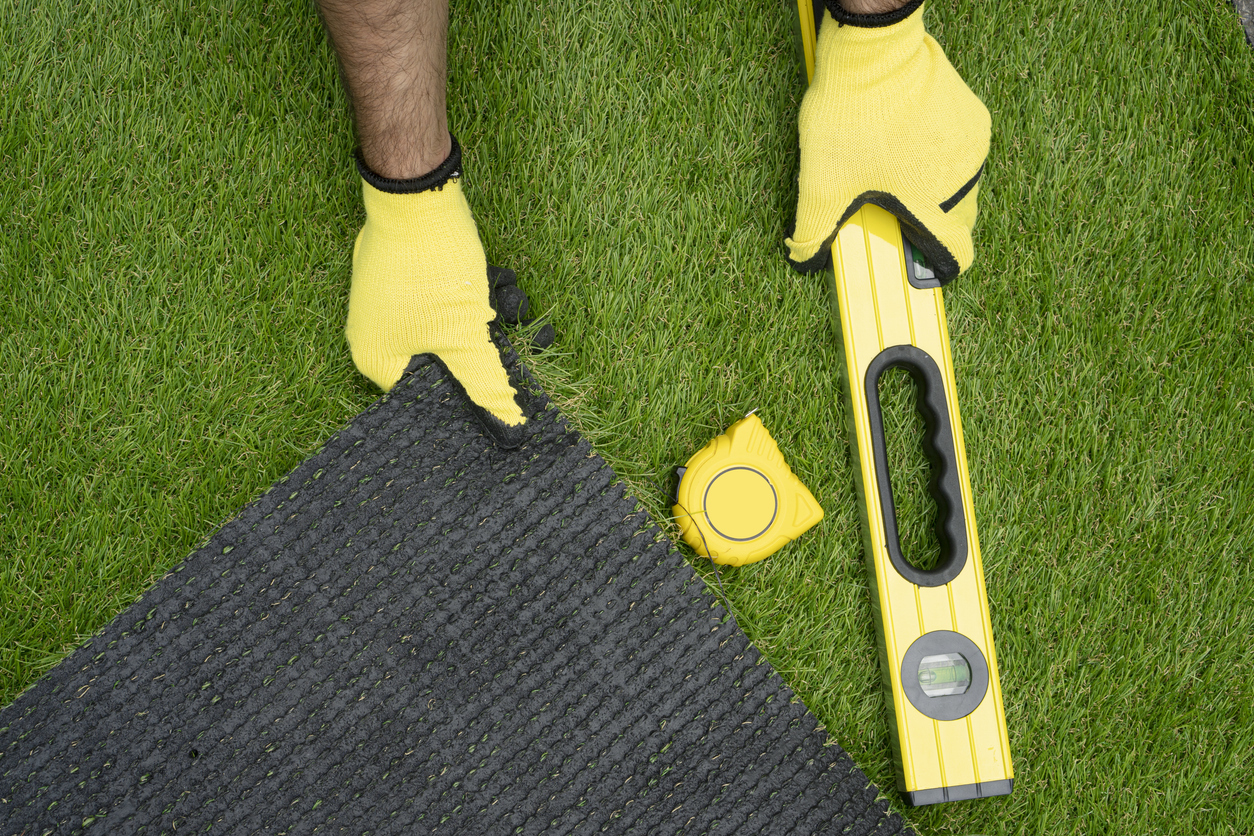
Infill’s Role in Drainage and Preventing Compaction
One of the most critical functions of infill is promoting water drainage. Artificial turf installations typically have a permeable backing to allow water to flow through, preventing puddles and waterlogging. Infill helps facilitate this drainage by creating space between the blades and supporting even water distribution. This is especially important in regions like Calgary, where weather can be unpredictable, and proper drainage ensures your lawn remains usable and attractive.
Infill also prevents turf compaction. Without the right infill material, heavy use or repeated pressure can cause the synthetic blades to become matted and compacted, diminishing their lifespan and effectiveness. Infill maintains the surface's resiliency, ensuring it can withstand daily activities without deteriorating or flattening.
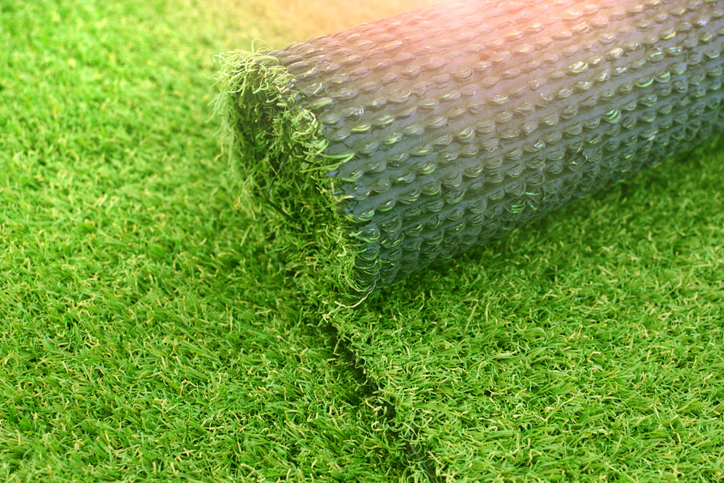
Infill Maintenance for Longevity
To maximize the lifespan and performance of your artificial turf installation, routine maintenance of the infill is essential. Over time, infill can settle, migrate, or become compacted, particularly in high-traffic areas. Regularly raking the turf helps redistribute the infill evenly and keeps the blades upright. In some cases, you may need to add more infill to maintain optimal coverage and performance.
For playgrounds or sports fields, it’s a good idea to conduct periodic inspections to ensure the infill remains at the recommended levels. Proper maintenance not only preserves the look and feel of your turf but also ensures it continues to provide the safety and durability benefits you expect.
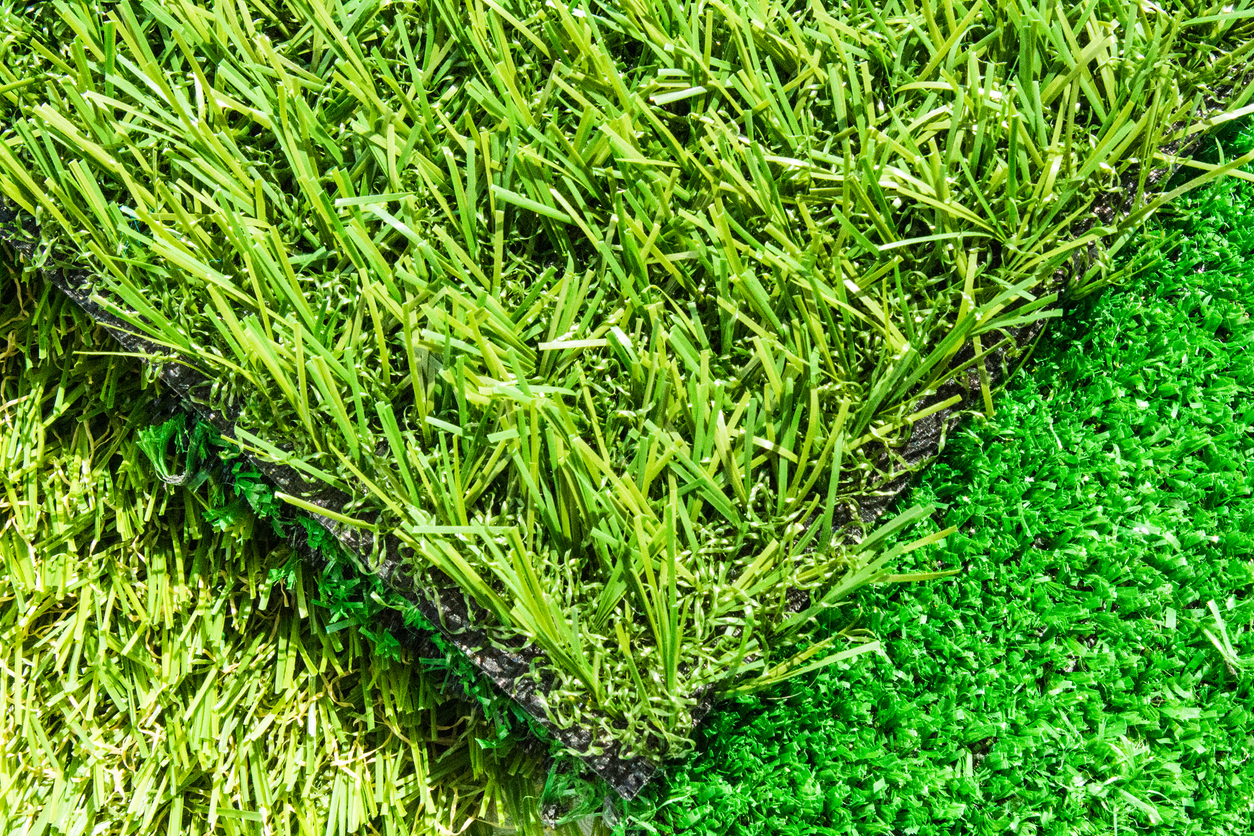
Investing in the Right Infill for Your Turf
Choosing the right infill material is crucial to the success of your artificial turf installation. From shock absorption and drainage to preventing compaction and maintaining aesthetics, infill is a foundational component that ensures your turf stands the test of time. Ready to explore the best infill options for your project? Contact The Synthetic Turf Co. today to learn how our solutions can elevate the performance and longevity of your artificial turf.
